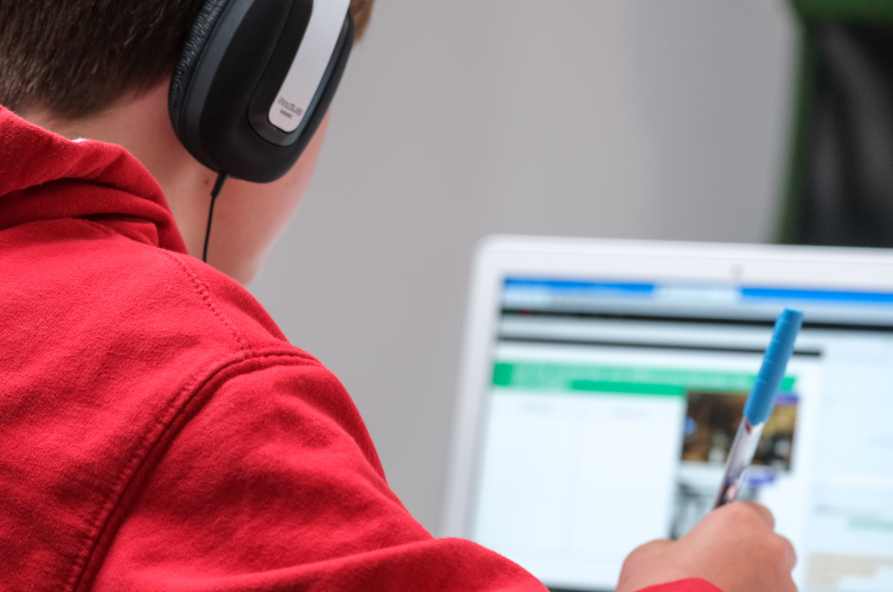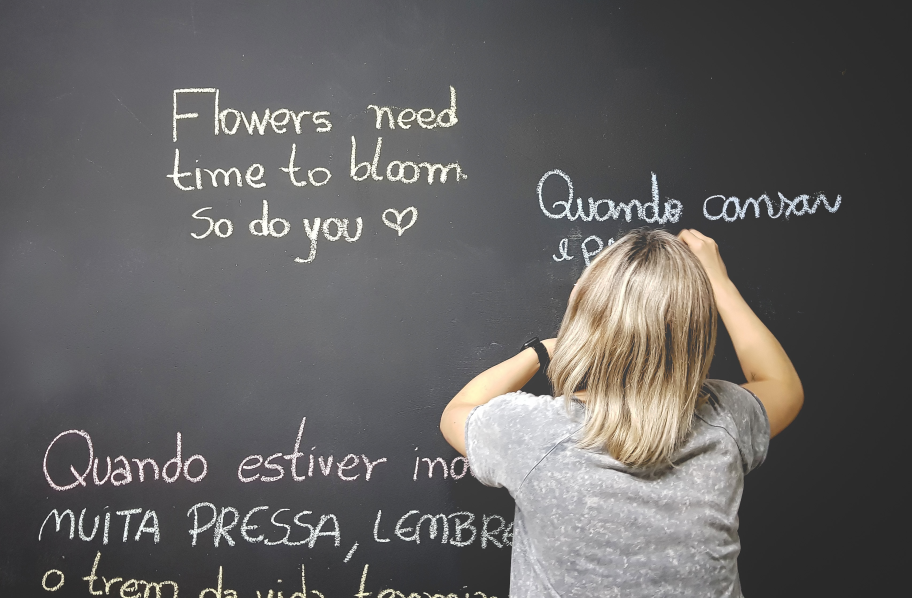10 Easy Stress Relief Activities for Students During Exams

Understanding Exam Stress
Exam stress is a prevalent issue among students, encompassing various psychological and physiological responses to the challenges associated with evaluation periods. The primary causes of anxiety during exams stem from a multitude of factors, including time constraints, fear of failure, and the pressure to achieve high grades. The competitive academic environment can exacerbate these feelings, leading students to internalize unrealistic expectations, frequently resulting in heightened stress responses.
Common symptoms of exam-related stress often manifest as sleeplessness, irritability, and a lack of concentration. Students may find it increasingly difficult to engage with their studies, leading to feelings of frustration and helplessness. Sleep disturbances can affect cognitive functions, further diminishing academic performance and impeding the ability to retain information crucial for exam success. Similarly, irritability can strain social relationships, compounding the distress associated with academic pressures.
Understanding the implications of exam stress is vital, as unaddressed anxiety can significantly impact both mental health and academic performance. Prolonged exposure to stress can lead to chronic conditions such as depression and anxiety disorders, which may hinder a student’s ability to perform academically. It is essential for students to recognize when stress is becoming overwhelming and seek constructive coping strategies. Furthermore, educators can play an important role in fostering an environment that normalizes discussions surrounding mental health and stress management, equipping students with the tools to navigate stress effectively.
By addressing the causes and symptoms of exam stress, students can take proactive steps to mitigate its effects, promoting a healthier academic experience. Recognizing stress as a common challenge can be the first step toward cultivating resilience and enhancing overall well-being during stressful periods.
Breathing Exercises: Your Instant Stress Relief Tool
Breathing exercises are highly effective tools for managing stress, especially for students faced with examinations. They can foster a sense of calm and clarity, enabling individuals to refocus their energies. Here, we will explore several breathing techniques that students can integrate into their daily study routines.
First, deep breathing is a fundamental practice. It involves inhaling deeply through the nose, allowing the lungs to fill with air, and then exhaling slowly through the mouth. To perform a deep breathing exercise, find a quiet space and follow these steps: Sit or lie down comfortably. Inhale deeply for a count of four, holding the breath for a count of four as well. Then, exhale gradually for a count of four. Repeat this process for five to ten minutes. The benefit of deep breathing lies in its ability to activate the body’s relaxation response, reducing anxiety and promoting a greater sense of well-being.
Another effective method is the box breathing technique. This structured approach calms the mind and reduces stress. To practice box breathing, take the following steps: Inhale through the nose for a count of four, hold your breath for a count of four, exhale through the mouth for a count of four, and hold the exhale for another count of four. Visualize a box as you engage in this rhythm, completing each side of the box with your breath. This technique can help students regain control over their emotions during stressful periods while improving concentration.
Diaphragmatic breathing, often referred to as abdominal breathing, is another beneficial technique. To practice this exercise, place one hand on your chest and the other on your abdomen. Inhale deeply through your nose; ensure the hand on your abdomen rises while the hand on your chest remains relatively still. Exhale through your mouth, noticing the lowering of the abdomen. This exercise not only enhances oxygenation but also soothes the nervous system.
Incorporating these breathing exercises into your study routine can significantly enhance overall stress management, enabling students to approach exams with greater confidence and composure.
Physical Activities: Move to Destress
Engaging in physical activities can significantly aid in relieving stress, particularly during the demanding period of exams. It is essential for students to prioritize movement as a means of coping with the pressures of academic life. Simple exercises do not require specialized equipment and can be seamlessly integrated into even the most hectic study schedules.
Stretching is one of the easiest ways to alleviate tension and enhance flexibility. A few minutes of stretching can help release built-up muscle tension, improve blood circulation, and promote relaxation. Students can incorporate stretches into their study breaks, allowing them to return to their work feeling refreshed and energized.
Yoga is another effective practice that promotes both physical and mental well-being. Various yoga poses, such as Child’s Pose or Downward-Facing Dog, can be performed in a short timeframe, requiring minimal space and no equipment. Yoga helps students to focus on their breath, calming the mind and reducing anxiety. Attending a local class or following an online tutorial can provide guidance and motivation.
Short workout breaks involving simple cardio exercises can also be beneficial. Activities such as jumping jacks, high knees, or even a brisk walk around the neighborhood can trigger the release of endorphins, which are known as “feel-good” hormones. These brief bursts of activity not only serve to energize but also improve overall mood, making study sessions more productive.
To effectively integrate these activities into their schedules, students can set timers to remind themselves to take regular movement breaks. Allocating specific times during study sessions for stretching, yoga, or quick workouts can prevent burnout and encourage a more balanced approach to exam preparation. By incorporating these physical activities into their routines, students can experience a noticeable decrease in stress levels, helping them to maintain focus and improve their academic performance.
Creative Outlets: Express Yourself
Engaging in creative activities serves as an effective strategy for students to relieve stress, particularly during the pressures of examination periods. Creative outlets such as journaling, drawing, playing musical instruments, or crafting offer not only a means of expression but also therapeutic benefits that can significantly enhance mental well-being. For students, these activities can be a welcome reprieve from the rigors of study and a healthy way to channel emotions.
One accessible and potent form of expression is journaling. Writing in a journal can allow students to articulate their thoughts and feelings, providing clarity and reducing anxiety levels. This activity encourages introspection and helps establish a connection between one’s feelings and actions, ultimately fostering a better understanding of stressors and enhancing emotional resilience.
Another effective creative outlet is drawing or sketching, which can be done regardless of artistic skill. The act of putting pencil to paper can be meditative, allowing students to focus on the present moment and forget their worries. Even simple doodling can facilitate relaxation and trigger positive emotions, making it a viable stress-relief method.
For those inclined toward music, playing an instrument can be incredibly beneficial. Whether it’s strumming a guitar or practicing piano, music has been shown to reduce stress and elevate mood. If students prefer not to play an instrument, they can engage in listening to their favorite music as a way to unwind and escape from academic pressures.
Lastly, crafting activities—such as knitting, painting, or DIY projects—can provide a sense of accomplishment and divert attention from stress. These activities not only encourage fine motor skills and creativity but also foster a sense of community if done with peers. As students explore various creative outlets, they may discover the profound impact these activities have on their overall stress management.



















